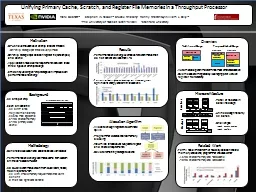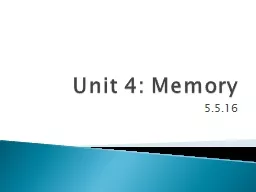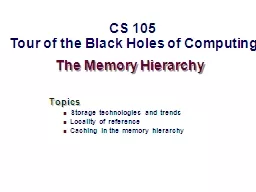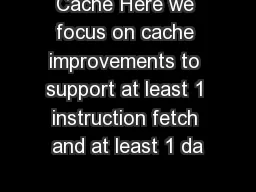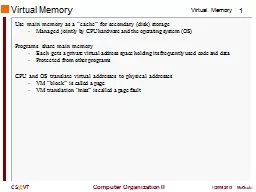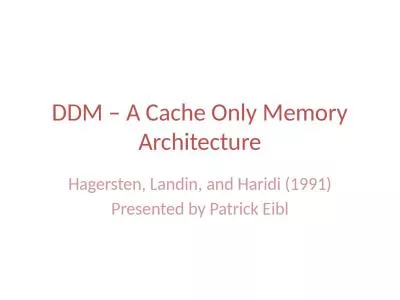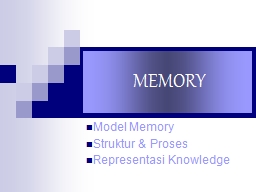PPT-Cache Memories Topics Generic cache-memory organization
Author : liane-varnes | Published Date : 2018-11-09
Directmapped caches Setassociative caches Impact of caches on performance CS 105 Tour of the Black Holes of Computing Cache Memories C ache memories are small fast
Presentation Embed Code
Download Presentation
Download Presentation The PPT/PDF document "Cache Memories Topics Generic cache-memo..." is the property of its rightful owner. Permission is granted to download and print the materials on this website for personal, non-commercial use only, and to display it on your personal computer provided you do not modify the materials and that you retain all copyright notices contained in the materials. By downloading content from our website, you accept the terms of this agreement.
Cache Memories Topics Generic cache-memory organization: Transcript
Download Rules Of Document
"Cache Memories Topics Generic cache-memory organization"The content belongs to its owner. You may download and print it for personal use, without modification, and keep all copyright notices. By downloading, you agree to these terms.
Related Documents



